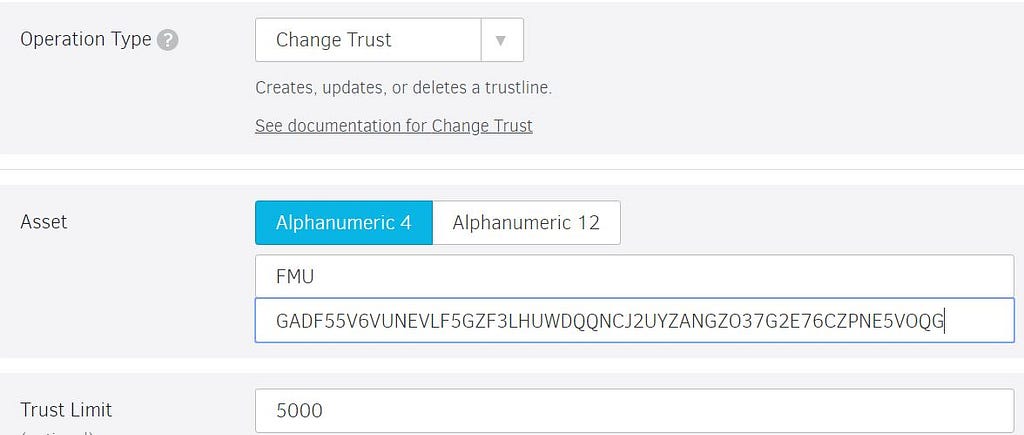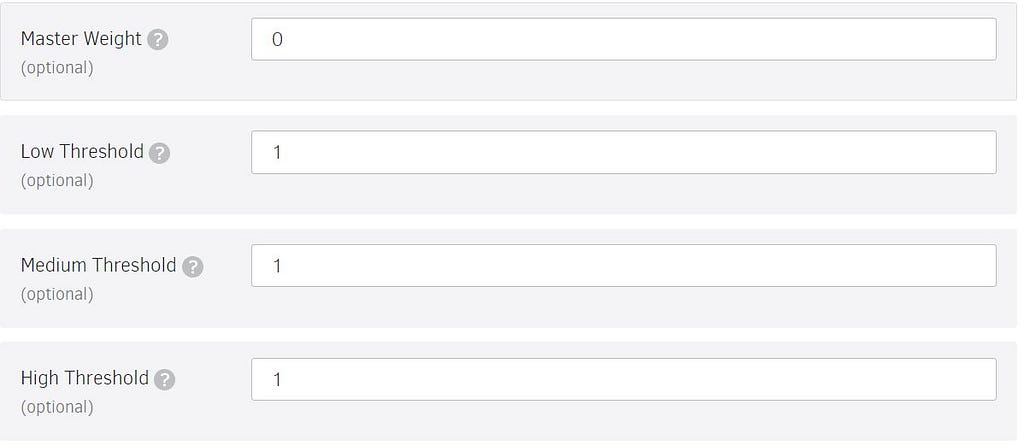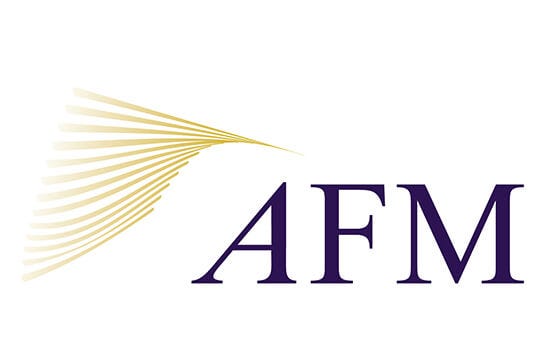Latest news about Bitcoin and all cryptocurrencies. Your daily crypto news habit.
 Johannes Gutenberg 1400–1468
Johannes Gutenberg 1400–1468
Almost 600 years ago, Johannes Gutenberg invented the printing press. An invention that caused immense economic, political and religious upheaval in Western and Central Europe — his invention allowed ideas and concepts to reach larger audiences and spread more easily.
In modern times, we would say that Gutenberg effectively ‘disrupted’ human communication.
In the following 300 years, ideas and printed texts raged through Europe without a regulatory framework to support them. Causing many disputes, debates (and probably physical fights) over ownership of written content, business ideas, and experiments.
It was no earlier than 1710 that the first copyright act passed in Great Britain, in the Statute of Anne — This was the first statute to provide copyrights regulated by governments instead of private entities.
Numerous historical examples have displayed the gap between technology and regulation. Regulators simply can’t keep up with the pace of technological inventions. Naturally, as we invent more rapidly, the gap between inventions and regulations grows larger and deeper. That being said, I want to emphasize that I am not trying to roast the regulators and law-creators; I do understand that these law-creating processes take a lot of time and resources.
Exploring Secondary Market Liquidity for Digital Securities
I will rather focus the narrative on digital securities (also referred to as security tokens), and more specifically on secondary market liquidity — something (still prone to regulatory uncertainty) everyone involved in the digital security industry is anticipating for. If you are new to the concept of digital securities, I would advise you to read this post by Stephen McKeon or my earlier post which puts the concepts into perspective with regards to the “blockchain industry” in general.
Hopefully, this series will help issuers, investors, legal parties, exchanges, software providers, and financial institutions to better comprehend what must happen to realize our collective dream: frictionless and democratized finance.
Issuing a Digital Security on Stellar
Stellar’s protocol proves to be valuable with regards to scalability, programmable flexibility, and security in comparison to other blockchain protocols. Furthermore, the Stellar protocol provides a user-friendly environment to issue digital securities. Read more about those perceived benefits in this post.
Issuers of digital securities are tempted to use Stellar because they suppose that the digital securities can be instantly traded on Stellar’s internal Decentralized Exchange (DEX), and thus provide potential liquidity to investors.
But what will happen when the digital securities are traded on the DEX?
To illustrate the simplicity of the issuing process, we will issue the FundMeUp digital security (FMU token) and make it tradeable on the DEX in 7 simple steps. (The steps are almost identical to this post by Stellar’s founder Jed McCaleb):
In this example, I do not show the function for verification of identity and source of income of an investor (KYC/AML) before allowing him/her to hold the FMU asset. In practice, Stellar’s <Allowtrust> function could ensure that no ineligible account can hold the digital security.
 1. Created an issuing account and funded it with 33 Lumens (XLM)
1. Created an issuing account and funded it with 33 Lumens (XLM) 2. Created a distribution account and funded it with 42 Lumens (XLM)
2. Created a distribution account and funded it with 42 Lumens (XLM) 3. Created a ‘trustline’ from the distribution account to the issuing account for the ‘FMU’ asset with a limit of 5000 units
3. Created a ‘trustline’ from the distribution account to the issuing account for the ‘FMU’ asset with a limit of 5000 units 4. Transacted 5000 FMU tokens from the issuing account to the distribution account. This payment is practically creating the ‘FMU asset’
4. Transacted 5000 FMU tokens from the issuing account to the distribution account. This payment is practically creating the ‘FMU asset’ 5. An example of information that could be published about the ‘FMU asset’. This information could be linked to the issuing account by creating an IPFS file and signing it with the public key or by creating a Stellar anchor. Please note that the information above serves as an example and is not published on the Stellar blockchain because there is no legal documentation supporting the ‘FMU asset’
5. An example of information that could be published about the ‘FMU asset’. This information could be linked to the issuing account by creating an IPFS file and signing it with the public key or by creating a Stellar anchor. Please note that the information above serves as an example and is not published on the Stellar blockchain because there is no legal documentation supporting the ‘FMU asset’ 6. Lock the issuing account by setting its master weight to ‘0’. This is to ensure there will be no point in the future at which extra ‘FMU assets’ will be created.
6. Lock the issuing account by setting its master weight to ‘0’. This is to ensure there will be no point in the future at which extra ‘FMU assets’ will be created. 7. By creating a sell order from the distribution account, the ‘FMU asset’ is effectively broadcasted to the Stellar DEX. Anybody can now trade and buy the asset. You can view the active market via Stellarterm here: https://stellarterm.com/#exchange/FMU-GADF55V6VUNEVLF5GZF3LHUWDQQNCJ2UYZANGZO37G2E76CZPNE5VOQG/XLM-native
7. By creating a sell order from the distribution account, the ‘FMU asset’ is effectively broadcasted to the Stellar DEX. Anybody can now trade and buy the asset. You can view the active market via Stellarterm here: https://stellarterm.com/#exchange/FMU-GADF55V6VUNEVLF5GZF3LHUWDQQNCJ2UYZANGZO37G2E76CZPNE5VOQG/XLM-native
We make the following assumptions:
- This was a real issuance; I am really selling economic ownership certificates of FundMeUp via a digital security offering.
- I have the correct legal structure (‘STAK’, would be suitable for this particular case under Dutch law) in place.
- I have published the legal documents (prospectus or legally compliant alternatives under the prospectus-exemption).
- I have an investor-onboarding process in which I perform KYC/AML checks.
FundMeUp, as an issuer, has ensured that everything it does, concerning the issuance of economic ownership certificates, is legally compliant. Moreover, the economic ownership certificates (and thus the tokens representing them), issued by a Stichting Administratiekantoor (STAK) are freely exchangeable among persons and institutions.
But are they also freely exchangeable in Stellar’s internal Decentralized Exchange?
Before we can try to grasp the answer to that question, we must understand this:
Multilateral and Bilateral trading in the Netherlands
The Dutch finance authority (AFM) distinguishes between security-trades that happen on a designated platform and trades that occur directly between two persons or entities (also referred to as over-the-counter trading). Frankly, the AFM also makes distinctions within the trading-platform category — but we’ll leave that out of scope here.
The following definitions are important for the argument of this article:
Multilateral trading
Happens via a trading system that facilitates the exchange of financial instruments. In most cases, the Multilateral Trading Facility (MTF) or Regulated Market (RM) matches the demand and supply of a specific asset in an orderbook.
Bilateral trading
Happens directly between two people. Which means there is no middle-man or facility involved to manage the trade.
Any (digital) environment that fosters the exchange of securities between multiple people and/or identities should have an MTF or RM license.
An entity that fosters/helps to create the exchange without such a license, is effectively violating the law.
Trading digital securities on Stellar’s DEX
Trading on the Stellar DEX is bilateral trading: Holders manage the storage and safe-keeping of assets in their own wallets and interact with each other directly. The blockchain network is the ‘middle-man’ that facilitates the matchmaking of buy and sell orders and the blockchain network is also the ‘facility’ that takes care of clearing and settling.
Especially, in the case of Stellar, whereby the exchange is part of the blockchain protocol, it will be difficult, for the regulators, to appoint someone for creating an environment in which securities can be traded without an MTF or RM license.
Which brings us to the following question:
Who will the regulators (AFM in this case) chase when digital securities are traded on the Stellar DEX?
- Will they attempt to bring down the whole Stellar network and thereby punish a great international collective, compromise their assets and penalize them for something they were not involved in?
- Will they penalize the front-ends that enable convenient interaction with the Stellar DEX such as StellarX, Stellarport and Stellarterm?
- Or will they penalize the issuer for issuing an asset which is tradable on a network that does not hold an MTF or RM license? That would be strange because the issuer has complied to every law when issuing assets (economic ownership certificates) which are freely exchangeable by Dutch law.
Filling up the gap between Legal and Tech
Digital ownership of assets, which can be exchanged directly and peer-to-peer, brings up a lot of unanswered questions. Questions of which the answers are not yet embedded in legal frameworks. One could say that the challenge in secondary market liquidity for digital securities is a “light version” of the example of Gutenberg’s printing press.
In Gutenberg’s time, people could already print books and texts long before copyright laws were in place. Similarly, we can already proof ownership and exchange it digitally via institutions, or directly peer-to-peer, but we haven’t built the regulatory framework to support such frictionless exchange of assets yet.
So, to come back to where we started: what is preventing secondary market liquidity for security tokens, with regards to trading digital securities on the Stellar DEX?
 Chahkouh Canyon in Iran — shot by Farnoosh Abdollahi
Chahkouh Canyon in Iran — shot by Farnoosh Abdollahi
‘The good old gap between inventions and regulations’ would be a simple and straightforward answer to that question — If regulators would implement a more robust understanding of what digital ownership implies, they would understand that trading via Stellar’s DEX is bilateral trading which does not require any license. For anyone that is familiar with the central feature of public blockchain networks: “your keys, your assets”, it would make perfect sense that this kind of trading is labeled bilateral trading. But, as far as I am aware, most regulators do not perceive it as such. I guess we should wait for the first regulatory intervention to find out what happens when digital securities are traded via the Stellar DEX. Until then, we remain in regulatory uncertainty about trading digital securities (or security tokens), directly, peer-to-peer.
Feel free to connect with me on Linkedin — and get in touch!
Secondary Market Liquidity For Security Tokens: Part 1 was originally published in Hacker Noon on Medium, where people are continuing the conversation by highlighting and responding to this story.
Disclaimer
The views and opinions expressed in this article are solely those of the authors and do not reflect the views of Bitcoin Insider. Every investment and trading move involves risk - this is especially true for cryptocurrencies given their volatility. We strongly advise our readers to conduct their own research when making a decision.


